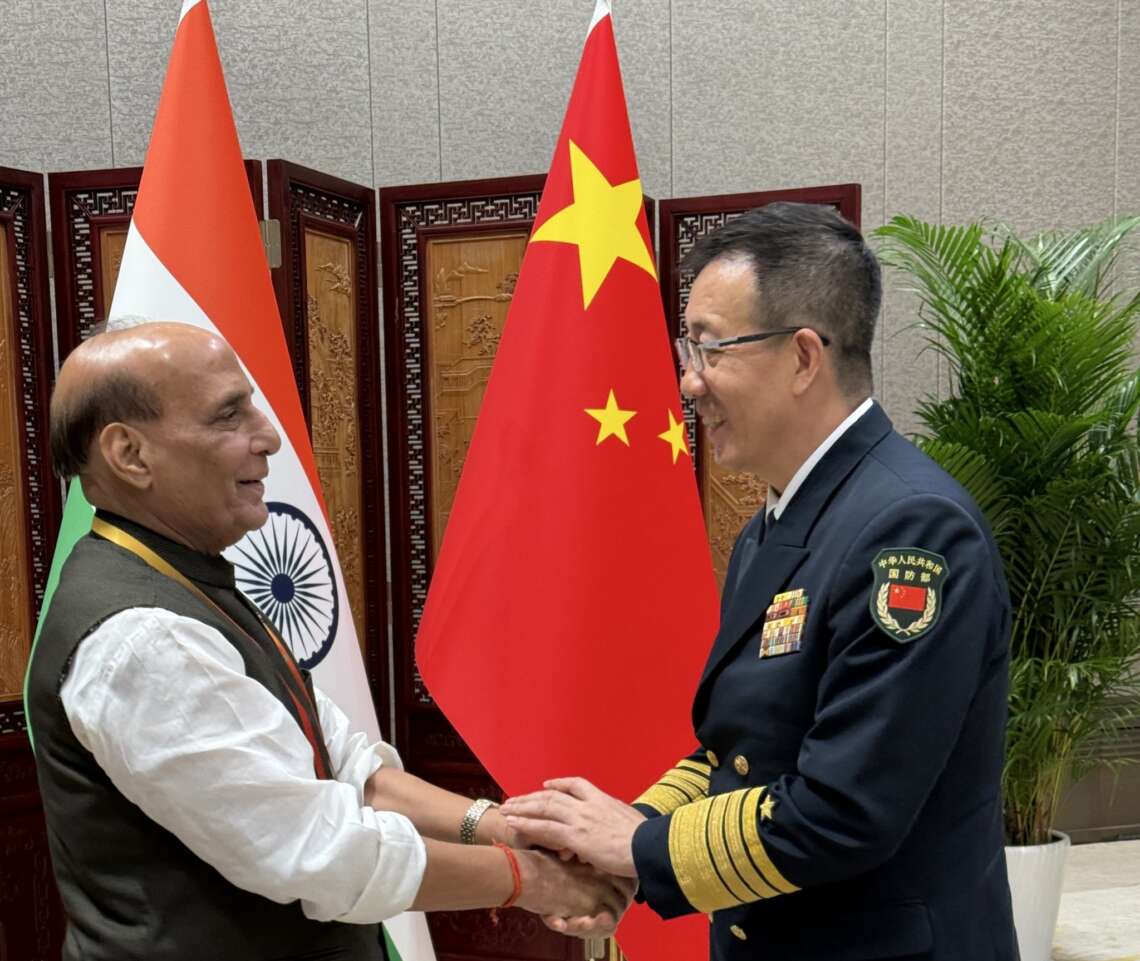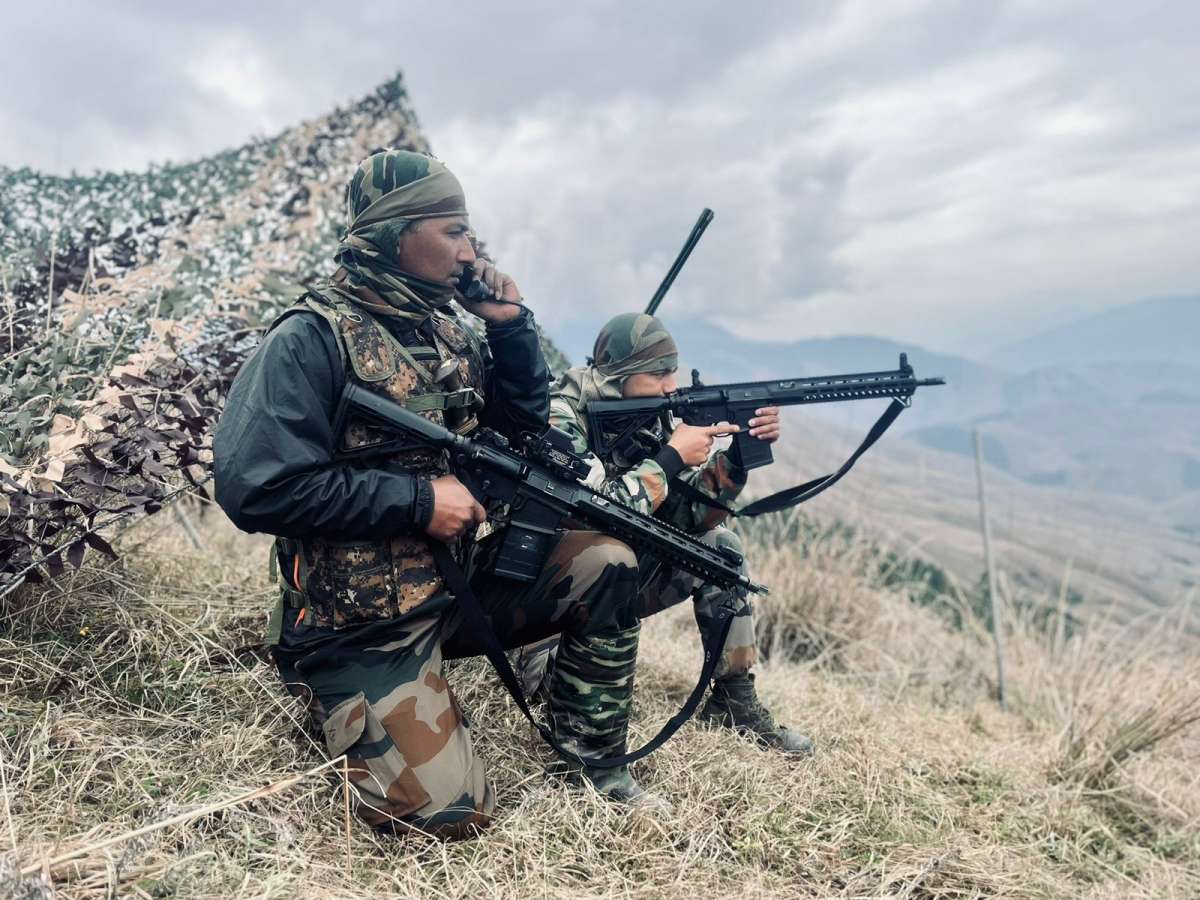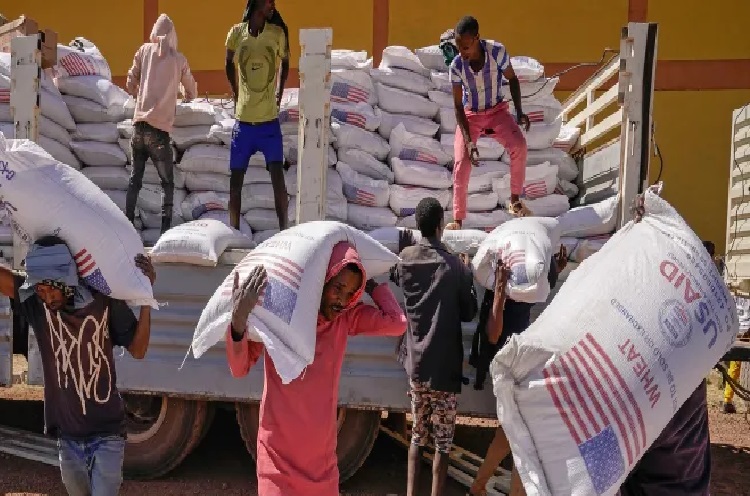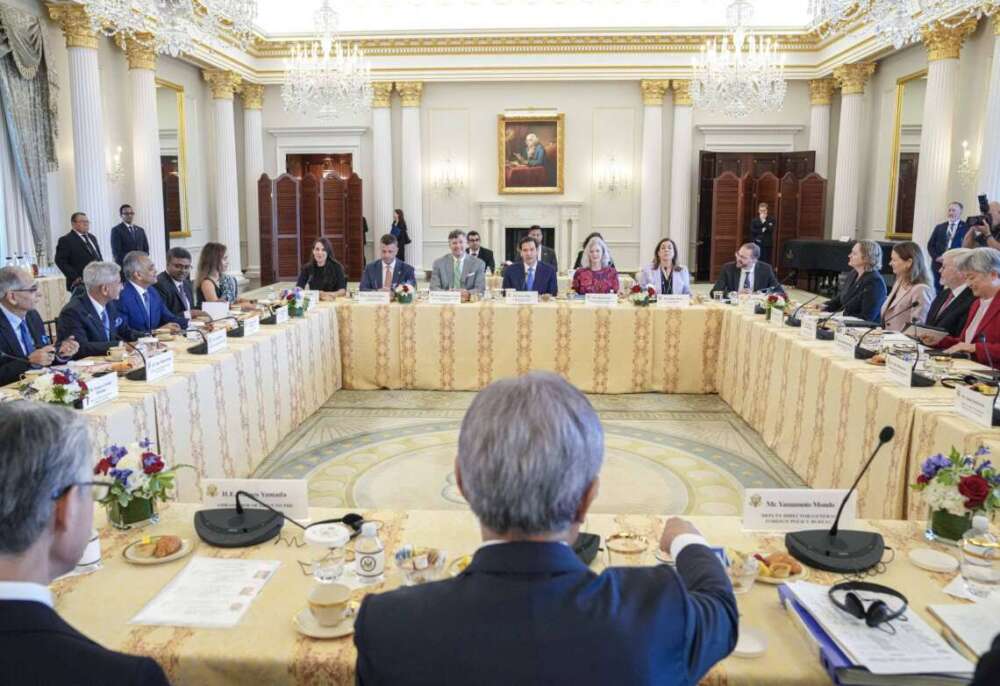The latest figures show that China’s overall share of global arms exports dropped from 6.3 per cent to 5.2 per cent in the last 10 years…reports Asian Lite News
China’s arms exports have dropped over the last two five-year periods, statistics released by the Stockholm International Peace Research Institute (SIPRI) revealed. SIPRI data showed that arms exports from 2018-2022 dropped by 23 per cent compared with 2013-2017, which could signal military stockpiling by China against the backdrop of geopolitical tensions in Ukraine and along the Line of Actual Control with India, Geopolitica reported.
The latest figures show that China’s overall share of global arms exports dropped from 6.3 per cent to 5.2 per cent in the last 10 years. While China seems to be preparing for a potential invasion of Taiwan, the possibility of it using its defence industrial base to support Russia in Ukraine cannot be ruled out. China has openly been a weapons exporter to conflict-stricken regions around the world, from Africa to the Middle East, the SIPRI said.
According to media reports, China’s exports to Russia of microchips and other electronic components and raw materials have increased since Moscow’s invasion of Ukraine. The China-Russia trade in chips and other components, with potential military applications, currently involves small, private outfits and sprawling state-owned enterprises. Chinese companies have also been supplying civilian drones, to both sides exploiting the grey space between military and civilian purposes, Geopolitica reported.
“Chinese companies may be already sending Russia electronic parts for anti-aircraft missile radars. Washington has also imposed sanctions on a Chinese company which they say provided satellite imagery in support of Russian mercenary forces fighting in Ukraine,” Geopolitica wrote citing the US-based Centre for Advanced Defense Studies.
While China has refrained from overtly supplying arms and ammunition to Russia, its position on the matter was made clear by China’s Foreign Minister, Qin Gang, who recently equated possible future military support from China for Russia’s war in Ukraine with US weapons sales to the self-ruled island of Taiwan, Geopolitica reported.
Pertinently, China has joined a growing list of nations that have increased their defence budgets, with a 7.2 per cent rise in its military expenditure, the fastest pace in four years, to about 224.3 USD billion for 2023. The fall in arms exports, however, saw China surpassing Germany to become the world’s fourth biggest exporter of major arms, following the US, Russia and France in the period 2018-2022, Geopolitica reported.
The South China Morning Post cites Ni Lexiong, a Professor at Shanghai University of Political Science and Law, as stating that the decline in Chinese arms exports could be a sign that China was focusing more on domestic needs as geopolitical tensions rise across the region.
Less developed nations and those politically at odds with the United States have traditionally been buying from China giving it a steady clientele in the past two decades. Most of the buyers are concentrated in Africa, the Middle East, southern Asia, and Latin America.
Pakistan accounted for 54 per cent of China’s military exports from 2018-2022. Bangladesh and Serbia followed with 12 per cent and 4.5 per cent respectively. One instance of an aggressive Chinese arms export drive was witnessed recently at the International Defence Exhibition in Abu Dhabi, where China was one of the biggest exhibitors with more than 500 pieces of equipment, including a new military micro-drone called the Fengniao, or Hummingbird, an aircraft intended to rival its US counterpart.
Although China continues to have a strong export market, it is currently focusing on the Middle East as a new frontier to explore. Experts, however, doubt the quality of Chinese arms and weapons, given the overall fall in China’s global market share of arms exports. Besides the hidden costs, including the political ones, Chinese weapons are losing their charm as they remain untested in real combat, Geopolitica reported.
Further, after-sales service support for Chinese hardware often costs a lot against original sales prices that are lower than arms from other exporters. While Chinese arms are often cheaper than comparable products from other exporters, the lack of combat testing for most Chinese hardware leaves buyers wondering how well it works.
Notably, Russia’s arms exports also witnessed a sharp drop and fell 31 per cent in the 2018-2022 period. However, China’s imports from Russia rose 39 per cent in the same period.
According to SIPRI, the volume of imports to China from 2020 to 2022 dropped dramatically compared with the 2018 to 2020 period, and the order volume was expected to keep dropping.
China was becoming less reliant on Russian imports as it ramped up domestic production of advanced major arms, it said. SIPRI points out that China’s military imports increased by 4.1 per cent in the 2018 to 2022 period compared with the previous five years, with Russia remaining the dominant supplier, accounting for 83 per cent of all Chinese imports. France and Ukraine were in second and third places respectively.
Interestingly, China bought nearly half of Ukraine’s military exports, 48 per cent, from 2018 to 2022, despite a 70 per cent decrease in Ukraine’s arms exports compared with the previous period. Among the purchases were gas turbines and engines for navy destroyers and trainer and combat aircraft, Geopolitica reported.
China views its own strategic environment as hostile, in view of strategic competition with the US and plans to integrate Taiwan, with the mainland, by force, if necessary. In addition to the country’s growing need for its own military resources, China claims that Covid-induced global disruptions to military-industrial production particularly affected its defence exports.
This is the primary reason given by China for the decline in exports. This is something to be tracked in terms of potential increases in production for own use or exports to meet Russian demand in Ukraine becoming apparent in the near future. (ANI)














